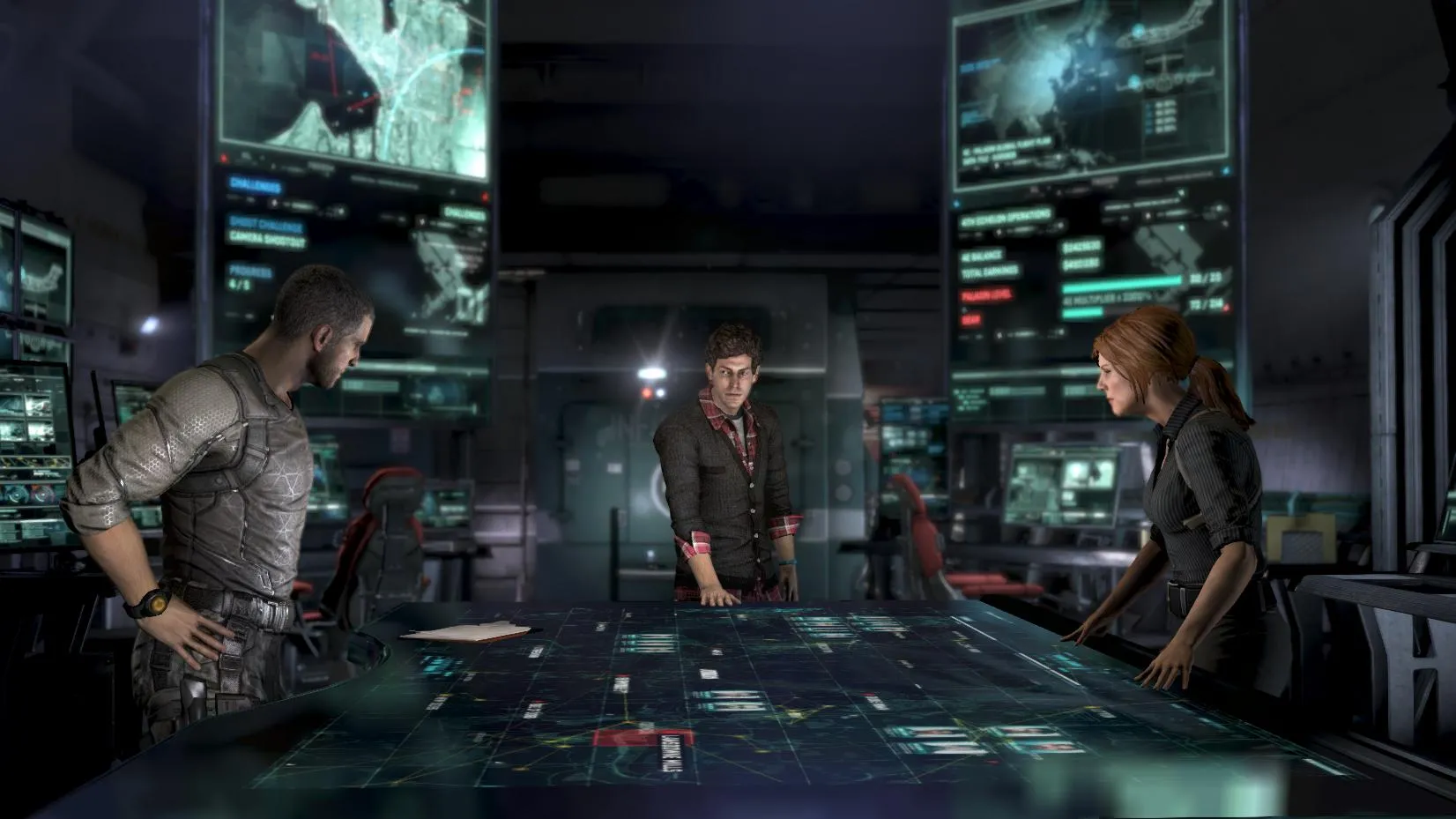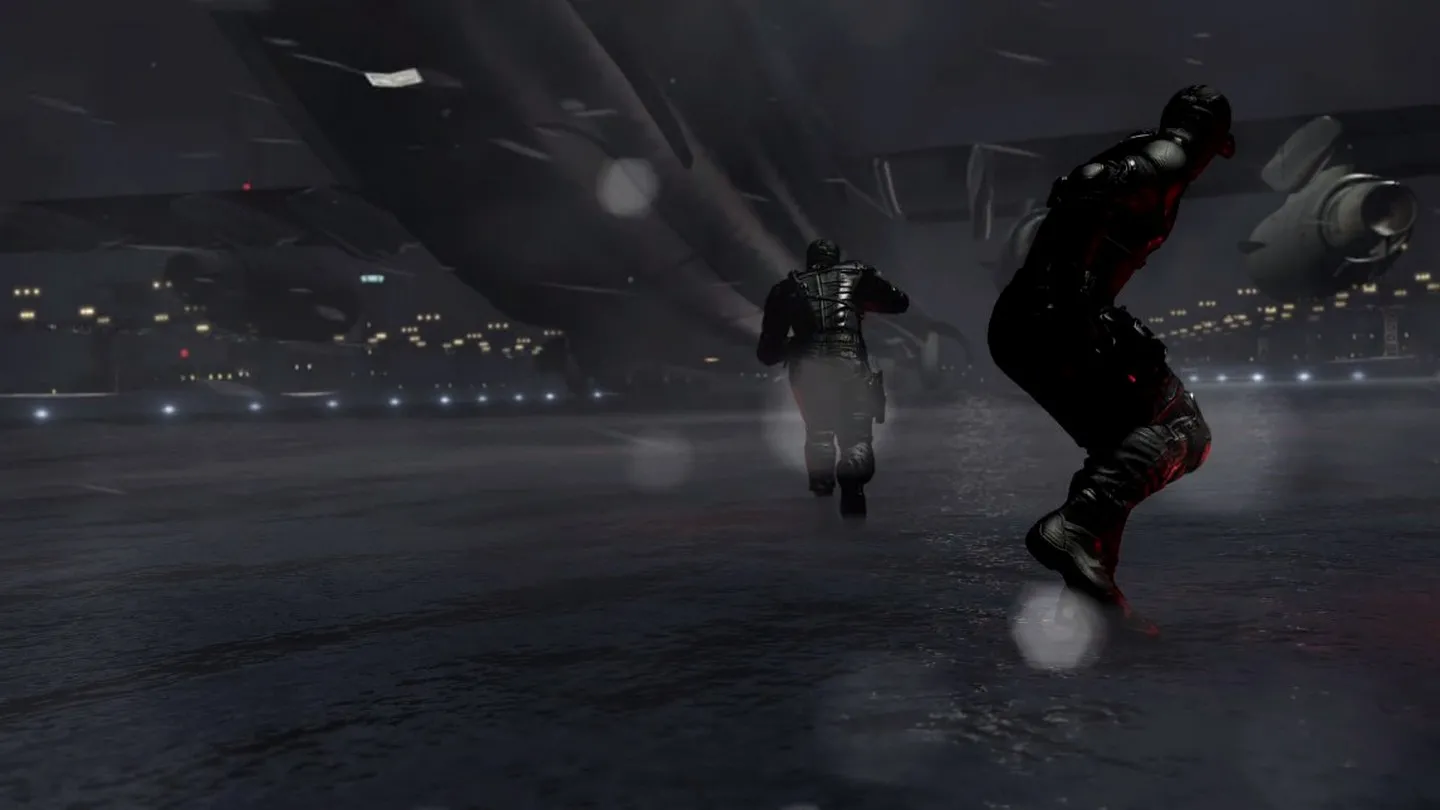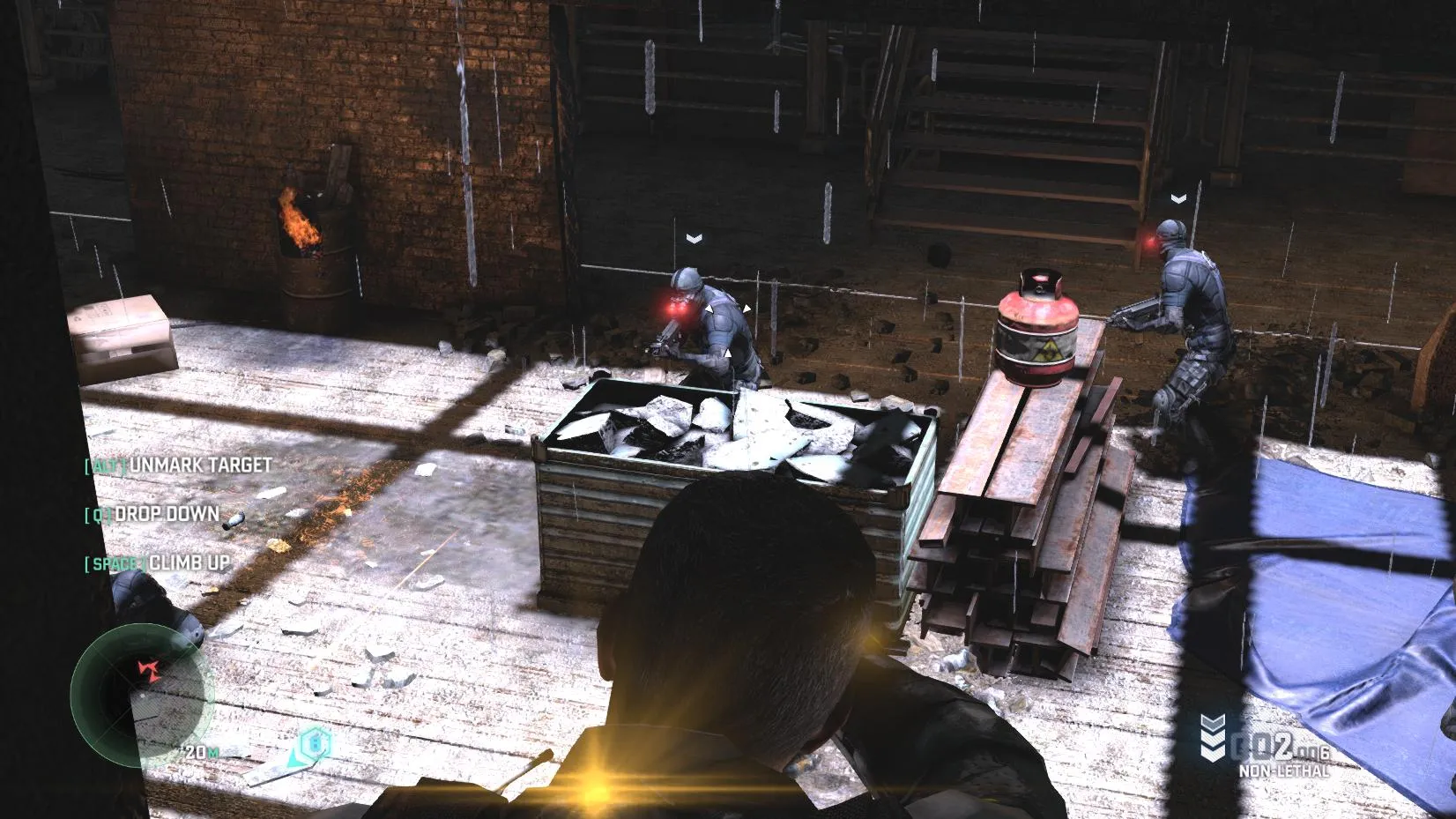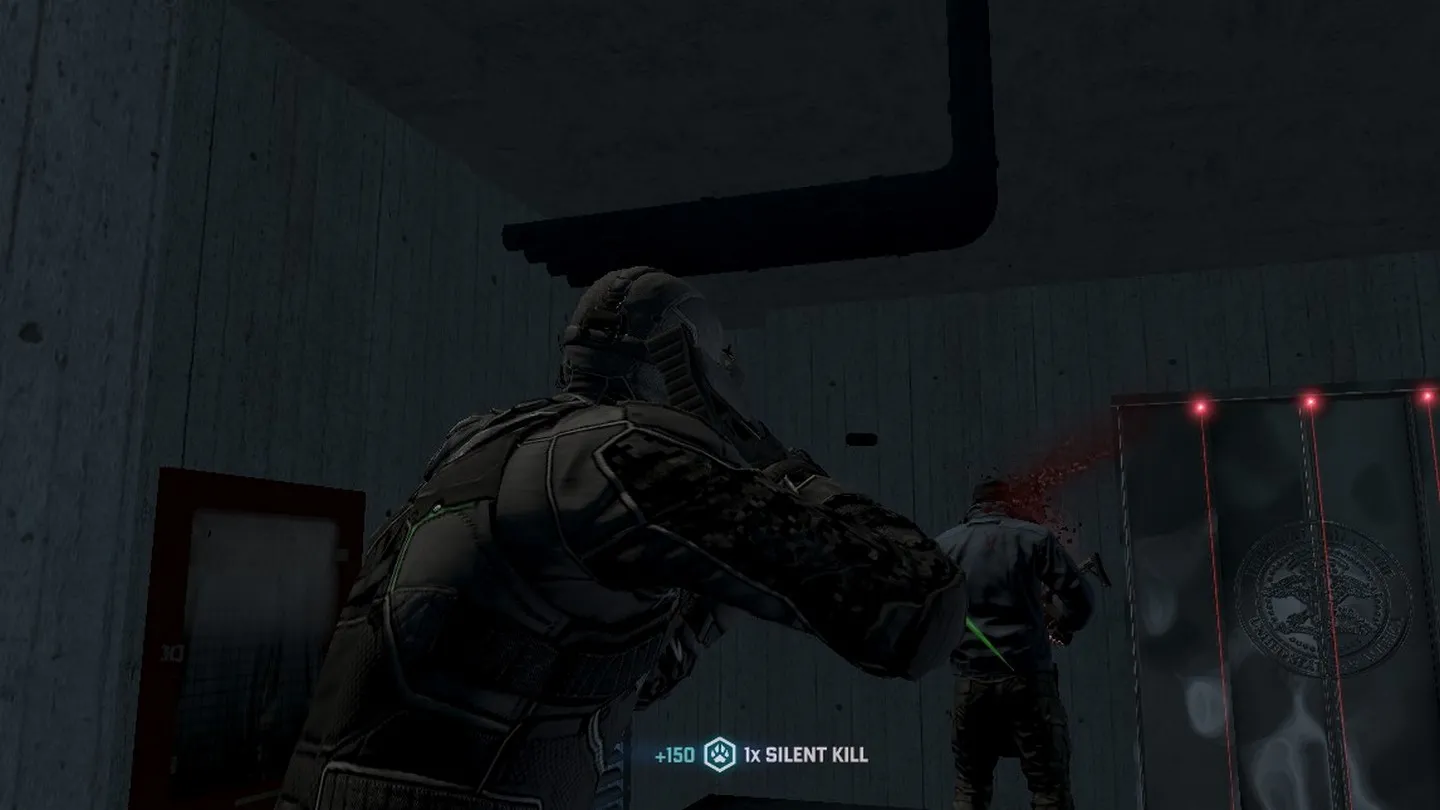
Splinter Cell: Blacklist Review: A Ghost in the Shadows
Contents
The stealth-action genre has been significantly impacted by the modern gaming industry’s trend towards simplification. While newer titles like Mark of The Ninja and Dishonored have found success, established franchises like Hitman and Thief have faltered. Tenchu has faded into obscurity, leaving Metal Gear Solid as a lone veteran standing after nearly 30 years. The Splinter Cell series is no exception to this trend. Tom Clancy’s Splinter Cell: Conviction was a radical departure, both positive and negative. It offered a more personal story, diverse locations, and cinematic presentation, but at the cost of simplified gameplay and a subpar PC port. While praised by some critics and newcomers, Conviction disappointed many long-time fans. With Ubisoft Montreal focused on Assassin’s Creed and Watch Dogs, development of the next Splinter Cell title fell to Ubisoft Toronto. Did this newcomer deliver with Tom Clancy’s Splinter Cell: Blacklist?
The Paladin: Your Aerial HQ
Tom Clancy’s Splinter Cell: Blacklist begins with a terrorist attack on Andersen Air Force Base in Guam. Sam Fisher and Victor Coste escape, only to face a new threat: The Engineers. This group threatens a series of attacks across the United States unless all US troops are withdrawn from foreign soil. President Patricia Caldwell responds by forming Fourth Echelon, a global counter-terrorism unit. This team, led by Sam Fisher, includes Third Echelon veterans Anna Grímsdóttir, former CIA operative Isaac Briggs, and hacker Charlie Cole. Operating from the airborne fortress, the C-147B Paladin, Fourth Echelon races against the clock to stop The Engineers.
 alt text describing Paladin interior with SMI
alt text describing Paladin interior with SMI
Blacklist innovates by using the Paladin as the game’s central interface. Instead of traditional menus, players interact with the Strategic Mission Interface (SMI), the Paladin’s “brain.” Here, you accept missions, access intel, upgrade equipment, and view stats. This menu-less design immerses the player in the clandestine world of Fourth Echelon.
 alt text of Sam Fisher in action
alt text of Sam Fisher in action
Diverse and Engaging Gameplay
Blacklist returns to the shadows of its predecessors while retaining elements from Conviction. Mark & Execute returns, enhanced by Killing In Motion for fluid, swift takedowns. Night Vision goggles and the ability to shoot out lights remain crucial tools. However, Blacklist‘s most significant feature is its three distinct playstyles: Ghost, Panther, and Assault.
 alt text depicting Sam Fisher using stealth in a dark environment
alt text depicting Sam Fisher using stealth in a dark environment
Ghost emphasizes silent, non-lethal playthroughs. Assault focuses on aggressive tactics and firepower. Panther blends stealth and lethal force, striking from the shadows. The SMI scores each playstyle based on your actions. This system encourages experimentation and developing a personalized approach. Whether you prefer close-quarters combat with a silenced shotgun or long-range sniping, Blacklist caters to different preferences.
 alt text showing Sam Fisher using a gadget
alt text showing Sam Fisher using a gadget
The game boasts a wide array of gadgets, from the Tri-Rotor drone capable of reconnaissance and non-lethal takedowns, to sticky cameras for distraction and gas attacks. While the absence of the Portable EMP is a minor disappointment, the remaining tools provide ample options.
Customization and Challenge
Blacklist introduces extensive character customization. Players can modify Sam’s gear, impacting armor, speed, and stealth. The Sonar Goggles toggle between Night Vision and Thermal Vision, with upgradeable functionalities like footprint tracking.
 alt text showing Sam Fisher aiming a weapon in a dimly lit environment
alt text showing Sam Fisher aiming a weapon in a dimly lit environment
Addressing the criticisms of Conviction‘s lack of challenge, Blacklist offers five difficulty levels. The highest, Perfectionist, removes Mark & Execute and wall vision, demanding reliance on radar and extreme caution. The AI is significantly improved, detecting Sam in previously safe positions. Heavy Infantry pose a formidable threat, requiring specific tactics. Patience and precision are paramount, preparing for frequent reloads.
Over-the-Top Cinematic Sequences
While Conviction effectively employed cinematic storytelling, Blacklist stumbles. The game lacks a distinct visual identity, despite its polished graphics and smooth animations. Ubisoft Toronto’s attempts to integrate action-movie set pieces disrupt the gameplay’s pacing. Interrogation sequences from Conviction are replaced with jarring UAV segments, forcing players to engage in chaotic firefights that contradict the stealth-focused gameplay. These forced action sequences, stemming from narrative weaknesses and excessive cinematic flair, feel contrived and detract from the overall experience.
 alt text showing a cinematic scene with explosions
alt text showing a cinematic scene with explosions
Conclusion
Splinter Cell: Blacklist offers a compelling blend of classic stealth gameplay with modern innovations. The diverse playstyles, extensive customization, and challenging difficulty options cater to a wide range of players. However, the overreliance on cinematic sequences and occasional pacing issues detract from the overall experience. Despite its flaws, Blacklist remains a worthwhile entry in the Splinter Cell franchise, offering a thrilling espionage adventure.





Comments (0)